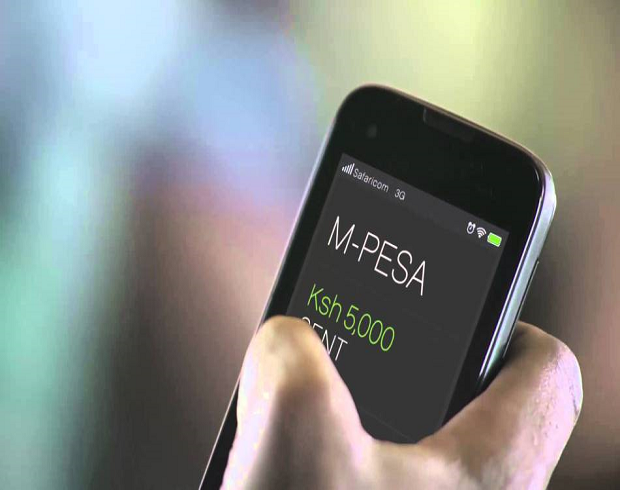The 2016 FinAccess Household Survey – published in February 2016 by Financial Sector Deepening (FSD) Kenya – provides the most recent data of Kenyan behavior around consumption of financial products and services and is a treasure trove of information for any banking strategist.One key finding was the use of credit. In what reflects the wealth distribution within the Kenyan population, 57.3% of the survey respondents in the research reported that they take credit to meet their day-to-day needs. The second highest need for credit was to pay school fees at 21.5% and only 15.8% were using credit to generate wealth in the form of business loans.
Having a customer who has insatiable credit needs is banking nirvana. The question is how to do so in a manner that will be cost effective with minimal loan loss potential. The FinAccess Household Survey should be read together with yet another FSD research paper titled the Financial Access Geospatial Mapping Report launched in October 2015. The report essentially tracks access to financial services across the Kenyan geography, using data from Kenya National Bureau of Statistics, with unsurprising results.
Answering the question as to how many service access points exists per 100,000 people, the report finds that there are 3 banks, 1.5 ATMs and 32 bank agents serving that population. It gets more interesting as you start to look at the extent of mobile money penetration. Mobile money access points are 54 times that of banks at 163 with mobile money agents growing from approximately 48,000 locations in 2013 to nearly 66,000 locations in 2015 which is a 37% growth. Meanwhile, population within 3 kilometers of an ATM remained stagnant at 23% in the two years. Bank branches grew a paltry 1% from 26% to 27%, while bank agents grew from 53% to 60% in the same radius.
What is the data saying? The average Kenyan uses credit heavily to support his basic lifestyle and is nearer a mobile money access point than to a bank. The growth of mobile money agents demonstrates very low barriers to entry and should inform a bank’s decision on whether to purchase an ATM – whose price ranges from Kshs 2 million to Kshs 4 million depending on whether it has deposit taking capabilities – or whether to invest in deepening its mobile banking platform to deliver products through a wider customer delivery channel (at no cost to the bank) that is growing exponentially year on year.The interest rate capping on loans may have curtailed bank appetite for formal unsecured lending, but the two mobile loan products of KCB Mpesa and Mshwari continue to enjoy unfettered demand and have survived the interest capping law due to their fee based rather than interest rate based pricing which the average borrower is apparently indifferent to. The lesson here for the proponents of the interest capping law is that the average Kenyan who is trying to survive is more interested in access to credit than in the actual cost of that credit. The growth of mobile access points demonstrates that it is the preferred mode of not only transferring money but also storing that monetary value.
The critical question bank strategists should be asking themselves is how to piggyback off the cheap mobile agent network to provide loans and take deposits. The evidence already points to the need for smaller branches, fewer ATMS and greater use of historical mobile use data to generate personal credit ratings. Developing mobile banking applications for the average Kenyan is what will separate the chaff from the rice in the future banking industry.

 carolmusyoka consultancy
carolmusyoka consultancy
 @carolmusyoka
@carolmusyoka

